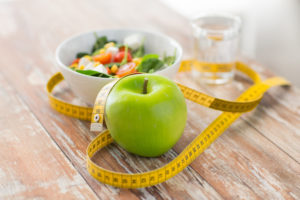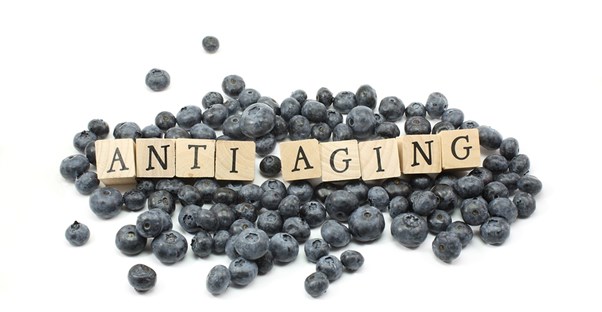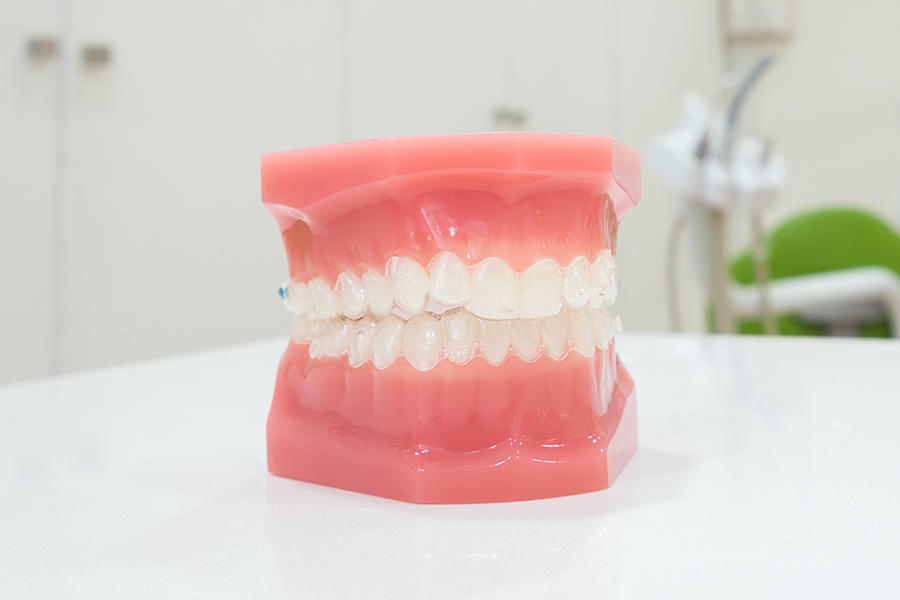The Paleo Diet Explained

The Paleo Diet is based on the assumed eating habits of our ancient hunter-gatherer ancestors. These people from the Stone Age survived on wild-caught protein sources, like animals and fish, along with naturally gathered fruits, vegetables, and tree nuts.
Since the 1970s, variations of this diet have been written about in books and in articles. Recently, the Paleo Diet has been gaining popularity even though few longitudinal studies have been performed to suggest its actual rate of success.
The 7 Basic Principles
There are 7 key components to the Paleo Diet. This specific combination attempts to recreate the diet of the Paleolithic human.
1. The diet has a relatively high intake of protein. In fact, about 55% of your calories each day should come from an animal source. Ideally, your protein is an organic, grass-fed lean meat. Other appropriate protein choices include eggs, fish and shellfish.
2. The Paleo Diet has a lower intake of carbohydrates. Although protein is the main component of the diet, it is closely followed by fruits and vegetables. Grains of any kind are not permitted as a carbohydrate source. Interestingly, fruits and vegetables as the main carbohydrate source have low glycemic indices, which help to reduce spikes in blood sugar.
3. The Paleo Diet is characterized by a moderate to high fat intake. It is important to note that monounsaturated fats and polyunsaturated fats, like Omega-3s do not increase your cholesterol. You should also strive to balance Omega-6 fatty acids with an equal amount of Omega-3 fatty acids.
4. Another component is the need to balance dietary alkaline load with acidic load. After digestion, some foods produce acid, such as meats, grains and cheese. Fruits and vegetables produce an alkaline effect, which helps to mitigate the acid. Balancing the acidic load avoids extreme fatigue and even potential kidney damage.
5. The diet is high in fiber. Fiber is found in non-starchy fruits and vegetables. It is important to drink enough water to keep your digestive system moving when consuming larger amounts of fiber.
6. Another key feature is that the diet is low in sodium and high in potassium. Because you avoid processed foods, you will see immediate benefits of increased potassium and decreased sodium. Decreasing sodium levels will help regulate blood pressure, and potassium is essential for heart and kidney health.
7. The final component is a diet rich in vitamins, minerals, antioxidants and phytochemicals. Phytochemicals are compounds found in fruits and vegetables. These have antioxidant properties and are thought to help reduce the risk of certain cancers and disease. All of these boost the immune system and work together beyond their individual benefits.
So What Can You Actually Eat?
Proponents of the Paleo Diet claim that these 7 components work together to prevent many modern day diseases, like diabetes and heart disease. Although detailed studies have not been completed, eating more fruits and vegetables and lean, organic protein can only help.
So, what can you eat on the Paleo Diet? Your protein should comprise between 19 to 35 percent of your daily calories. Protein can come from grass-fed meat, fish or seafood. Vegetables and fruits should make up 35 to 45 percent of your calories, although starchy vegetables like potatoes are not allowed. Other foods that are part of this diet include eggs, nuts, seeds and healthful oils, like olive oil or coconut oil. Strict followers of the diet should drink only water and green tea.
Some of the foods to avoid on the Paleo Diet include cereal grains, milk products, refined sugar and processed foods. Although most people understand whole grains as being a good source of fiber, fresh fruits and vegetables actually contain 8 times more fiber than whole grains. Generally, the list of prohibited foods is those that were not available to the paleolithic human. Proponents of the Paleo Diet suggest that processed foods, milk products, refined sugar and other prohibited foods have led to increased chronic diseases, obesity, and diabetes.
Considerations
There is quite a bit of controversy surrounding the Paleo Diet. Many nutrition experts agree that lean meats, fresh fruits and vegetables, and lower sugar and sodium intakes are part of a healthy diet. However, studies also show that whole grains, legumes, and low-fat dairy are also healthy choices. You can still meet your nutritional needs with careful planning while on the Paleo Diet, but some nutritionists recommend taking supplements for calcium and vitamin D.
Additionally, critics of the diet are skeptical that people can stay on the Paleo Diet for a sustained period of time. Because of the strict nature of the diet and the fact that so many foods are off limits, many people will try the diet for a short period of time before reverting to past habits. If you are able to remain on the Paleo Diet for a length of time, weight loss is sure to occur.








